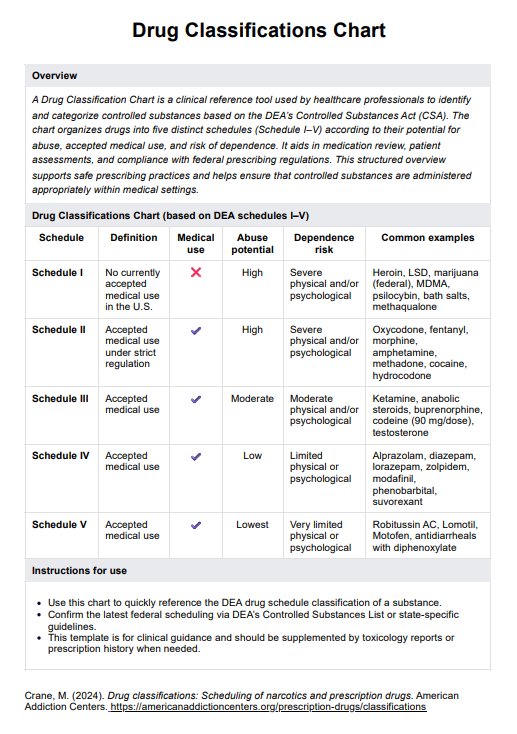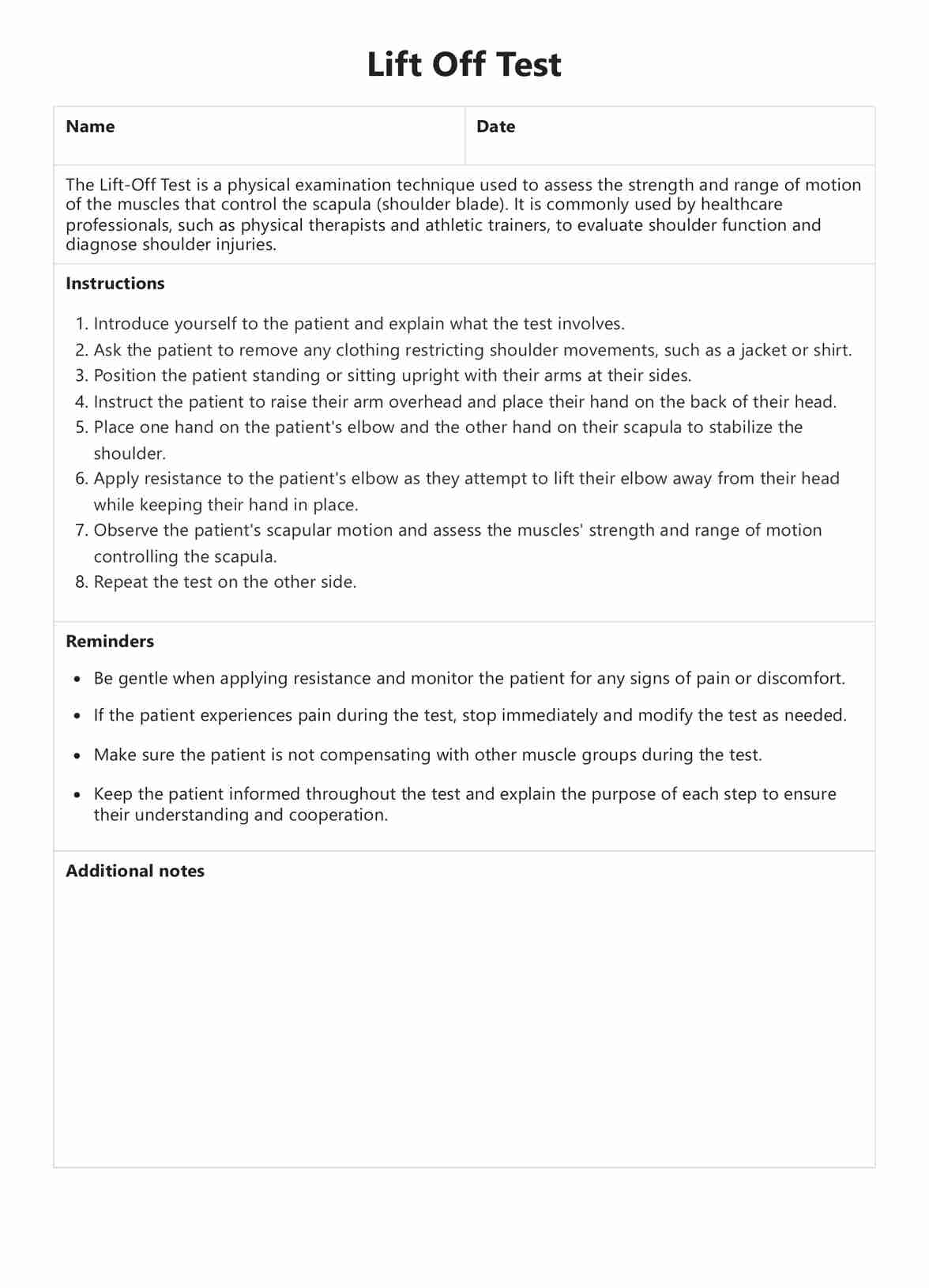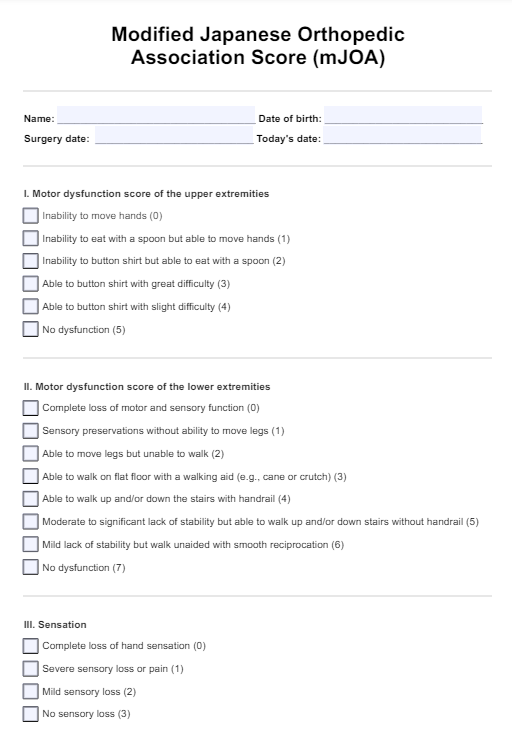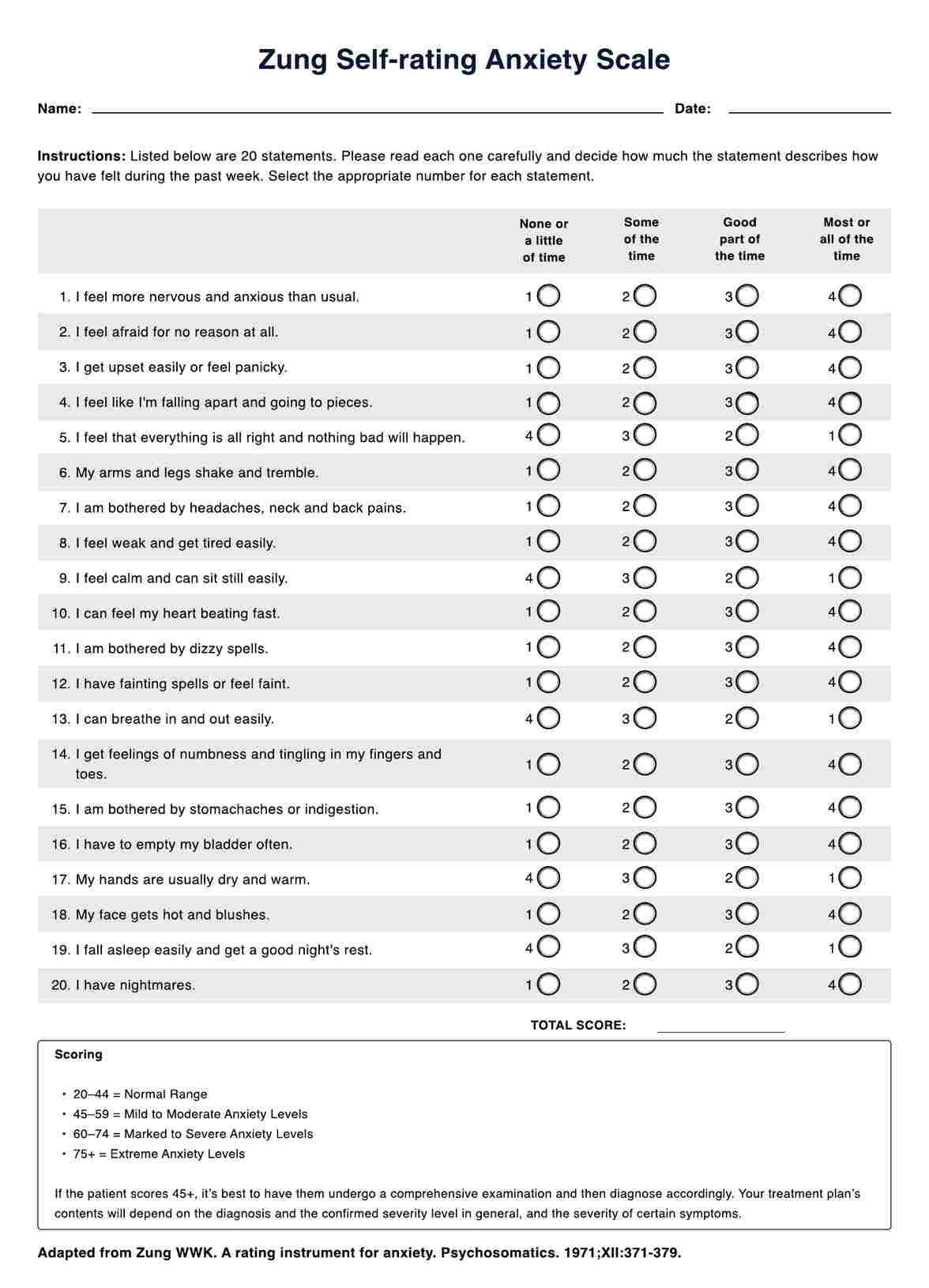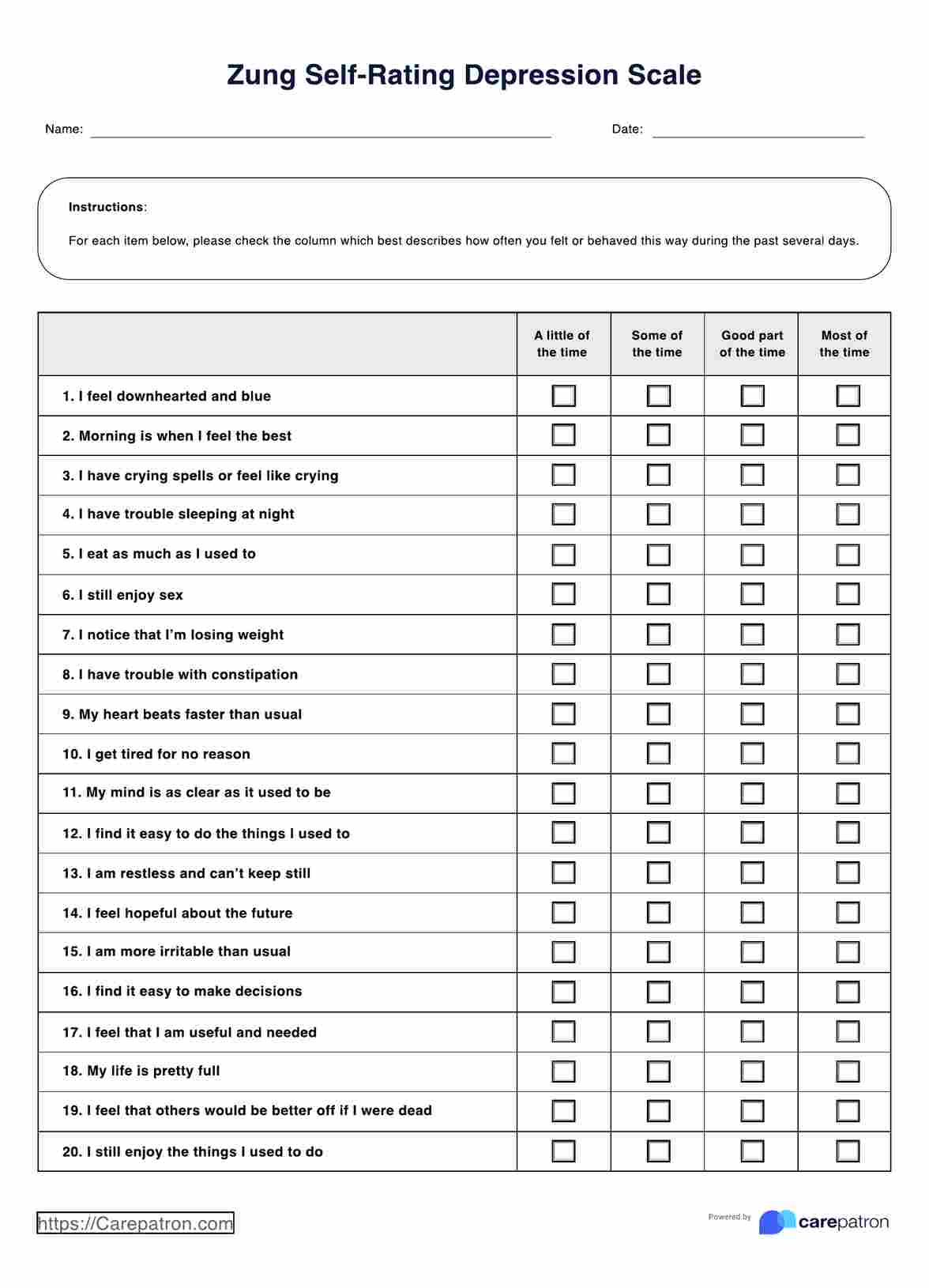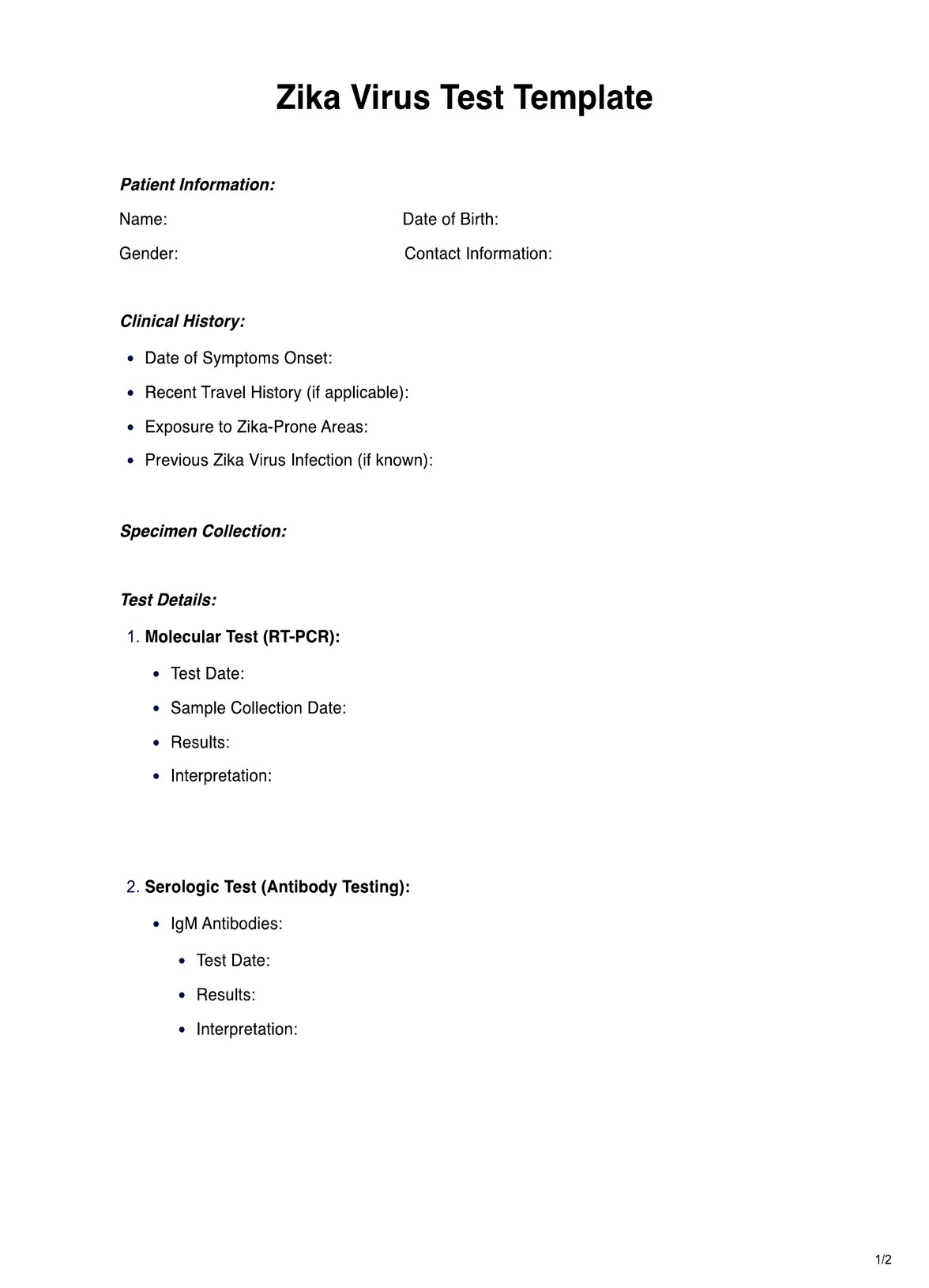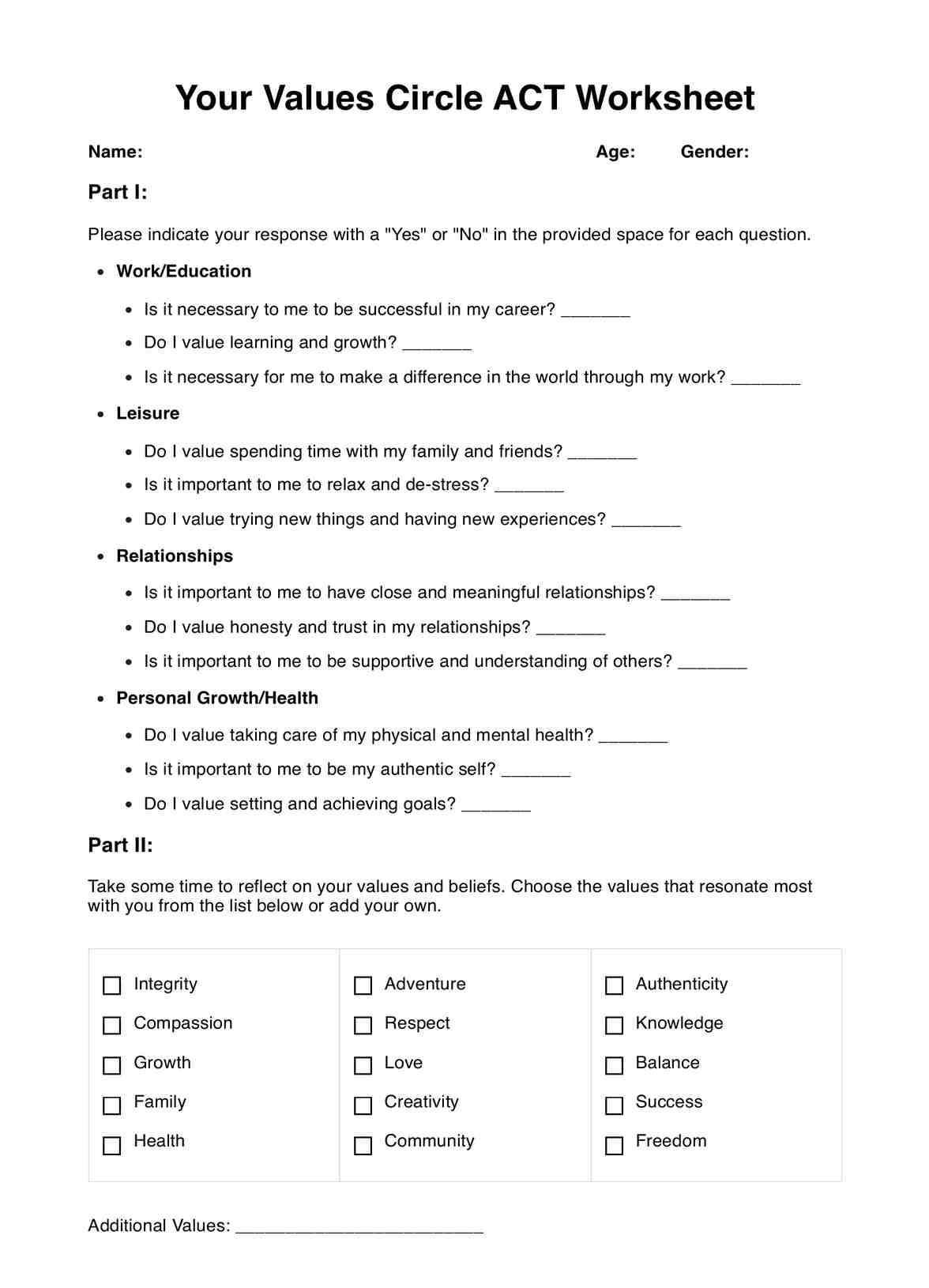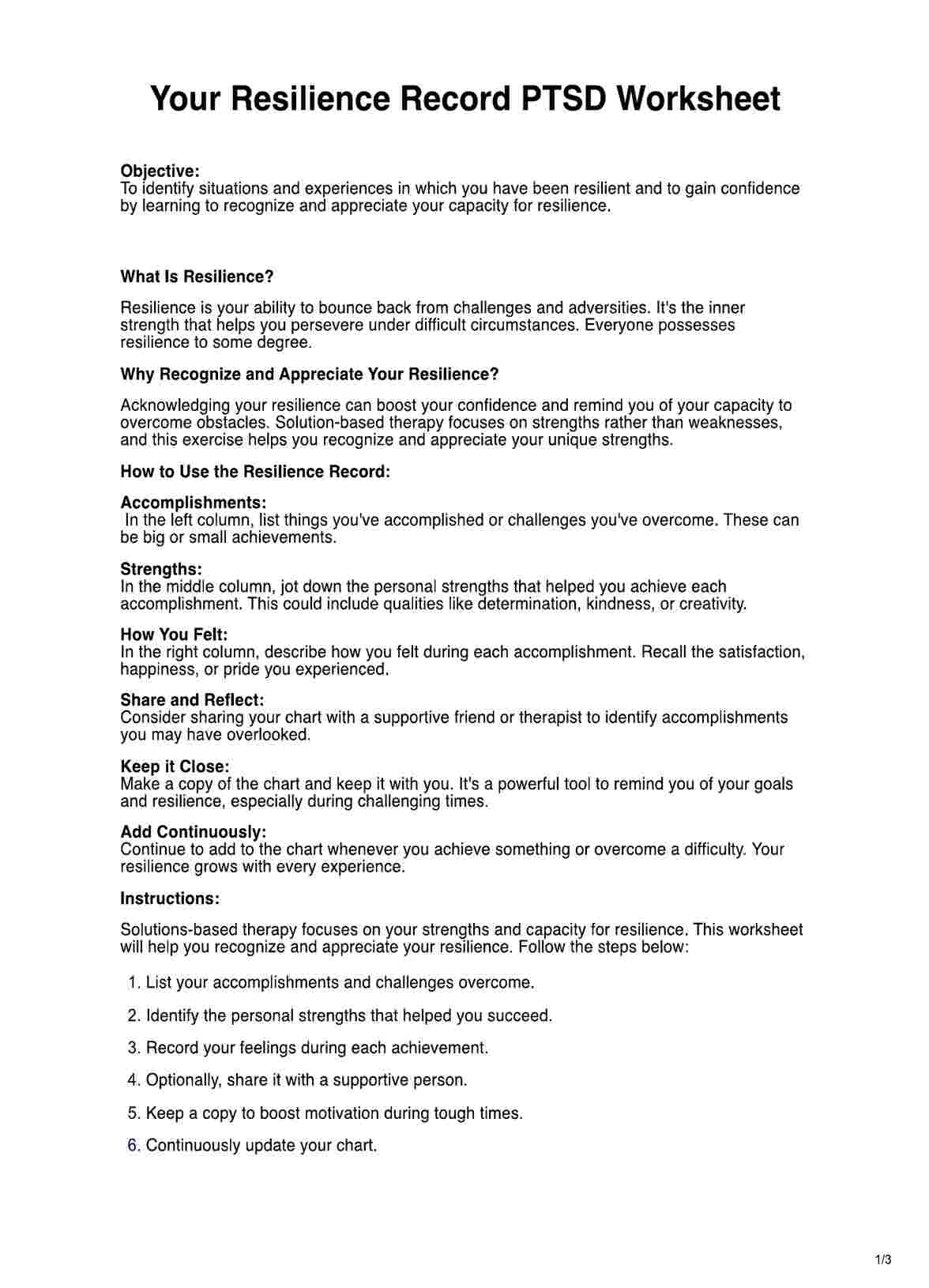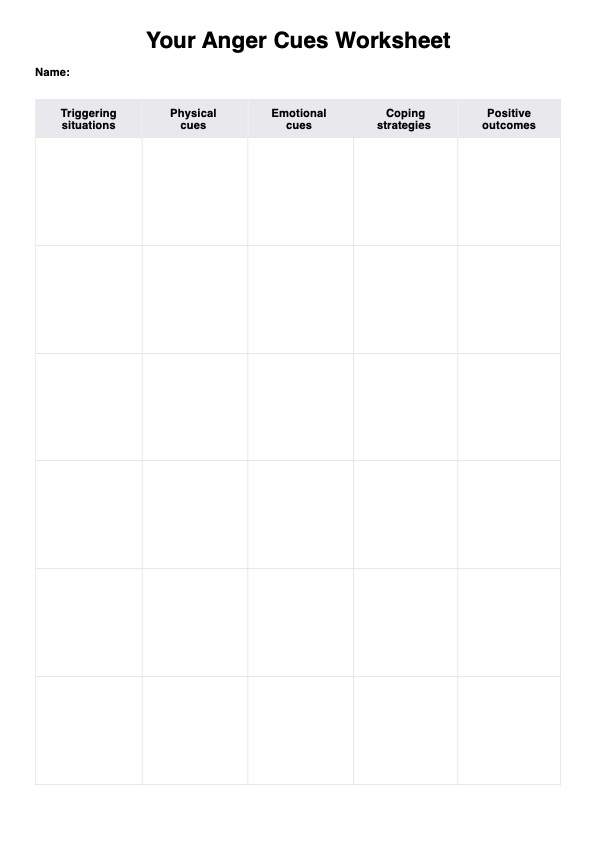Mental health professionals employ the Appearance Anxiety Inventory to evaluate their clients' levels of appearance-related worry. It is a valuable tool for understanding appearance-related anxiety and its impact.
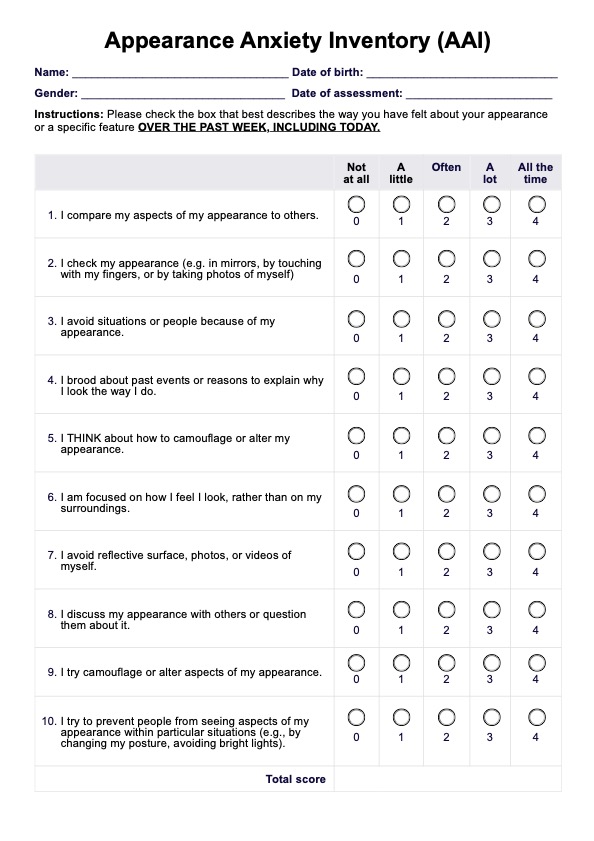
Appearance Anxiety Inventory
Download our free Appearance Anxiety Inventory template and example. Use it to assess your client's level of appearance-related worry and anxiety.
Use Template
Appearance Anxiety Inventory Template
Commonly asked questions
Individuals typically complete the AAI within 10 to 15 minutes.
The Appearance Anxiety Inventory can be used during clients' treatment to assess their appearance-related anxiety. It serves as a baseline measure and an ongoing assessment tool throughout therapy.
EHR and practice management software
Get started for free
*No credit card required
Free
$0/usd
Unlimited clients
Telehealth
1GB of storage
Client portal text
Automated billing and online payments


